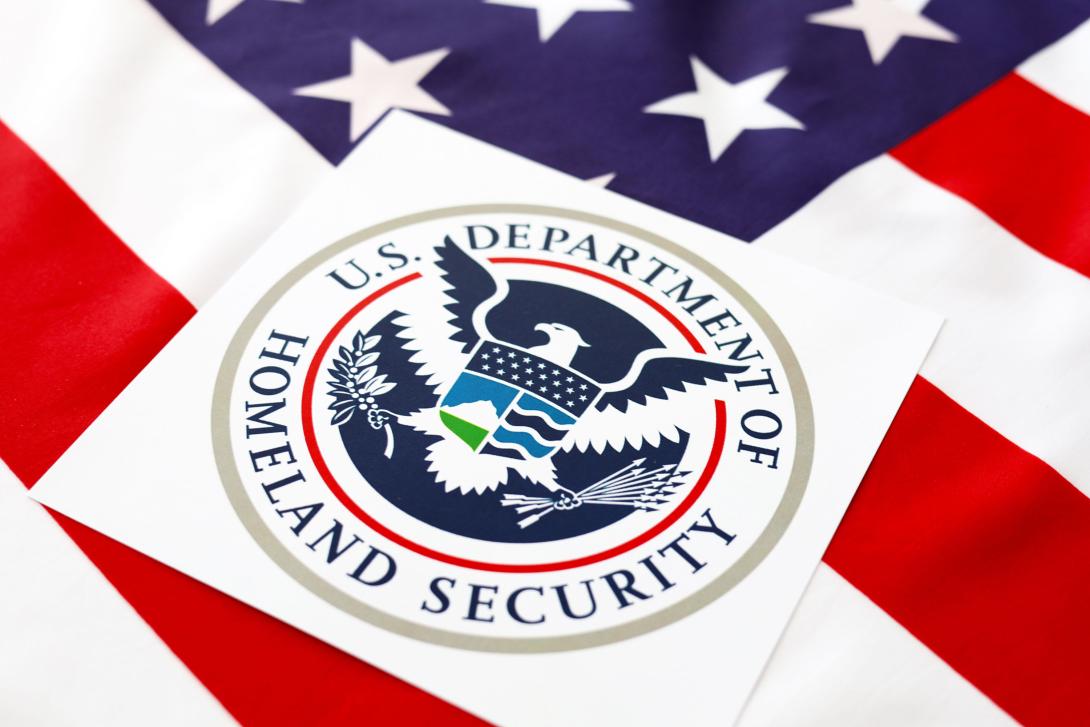President's Commentary: Pursuing Relentless Resilience for Homeland Security
First established 22 years ago this month by combining 22 federal departments and agencies, the U.S. Department of Homeland Security (DHS) arguably has the most diverse and complex mission set of any department or agency.
The department’s strategic plan lists six overarching missions: counterterrorism and homeland security threats; secure U.S. borders and approaches; secure cyberspace and critical infrastructure; preserve and uphold the nation’s prosperity and economic security; strengthen preparedness and resilience; champion the DHS workforce; and strengthen the department.
And not one of those missions is easy.
Take securing cyberspace and critical infrastructure, for example. As the DHS website points out, increased connectivity has created an ever-expanding attack surface extending worldwide and into almost every American home. “As a result, cyberspace has become the most active threat domain in the world and the most dynamic threat to the homeland,” the DHS site says.
As technology evolves and smart cities and smart military bases expand, connectivity and the related cyber challenges will continue to grow exponentially. Nation-states and their proxies, transnational criminal organizations and cyber criminals use sophisticated and malicious tactics to undermine critical infrastructure, steal intellectual property and innovation, engage in espionage and threaten our democratic institutions, the DHS site explains.
One recent example is Iran’s hack of one presidential campaign and attempted attack of the other. “This malicious cyber activity is the latest example of Iran’s multi-pronged approach ... to stoke discord and undermine confidence in our electoral process,” according to a joint statement from the Office of the Director of National Intelligence, the FBI and the Cybersecurity and Infrastructure Security Agency.
In another ominous revelation, which I’ve written about previously, multiple agencies from the United States and partner countries revealed that Volt Typhoon, a group of hackers with ties to the People’s Republic of China (PRC), had infiltrated networks associated with multiple critical infrastructure sectors. The affected sectors included communications, energy, transportation, and water and waste water. In some cases, the criminal hacking group had maintained a presence in information technology environments for at least five years.
The DHS describes a goal of “relentless resilience” to harden security against threats on the horizon, withstand attacks and rapidly recover. “As the complex threat environment continues to evolve and loom, the department will embody the relentless resilience of the American people to ensure a safe, secure, and prosperous homeland,” the department says on its website.
Here at AFCEA, we are in a relentless pursuit of our own: to increase knowledge through the exploration of issues relevant to our members in information technology, communications and electronics for the defense, homeland security and intelligence communities.
The challenges may seem overwhelming at times, and the news dire, but the PRC’s illegal invasion of critical infrastructures has set off resounding alarm bells across countries.
It is time that all of us—individuals, industry, academia and the whole of the U.S. government—act as one in pursuing relentless resilience for homeland security.





Comments